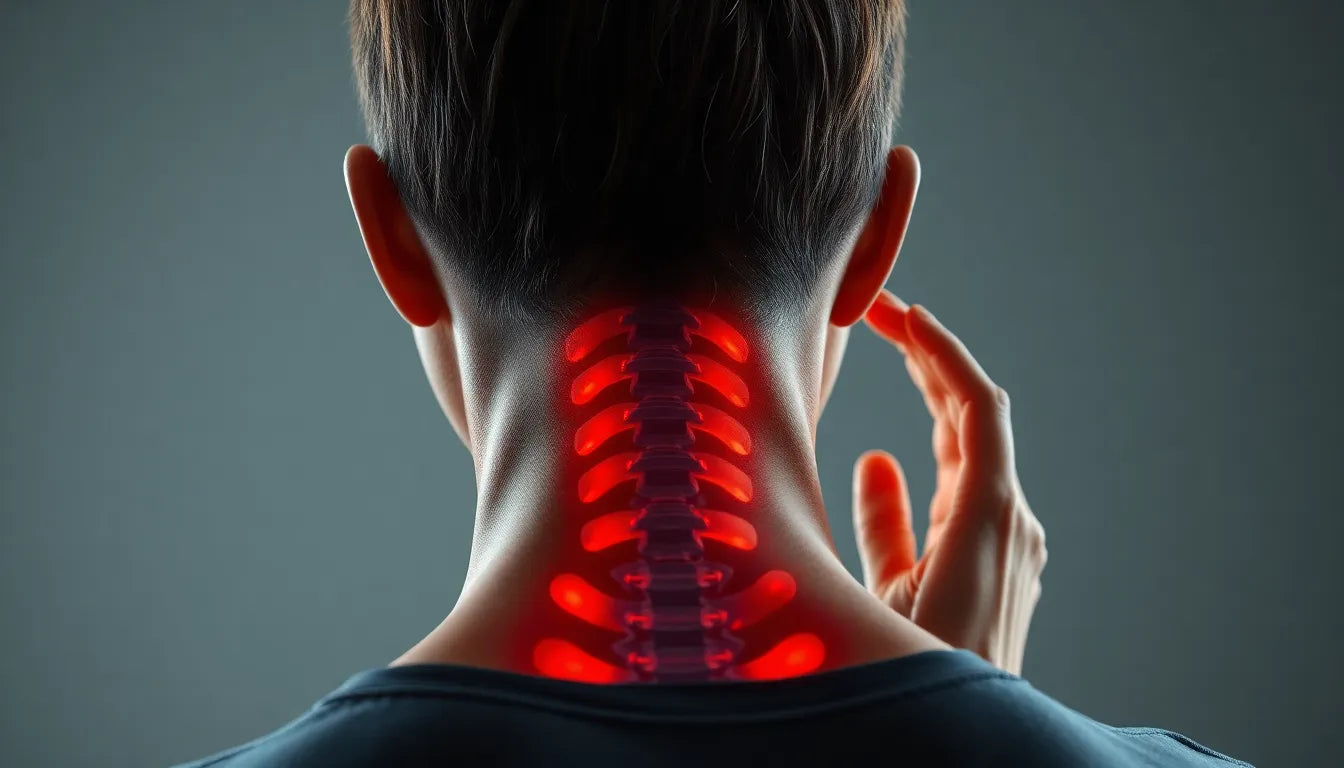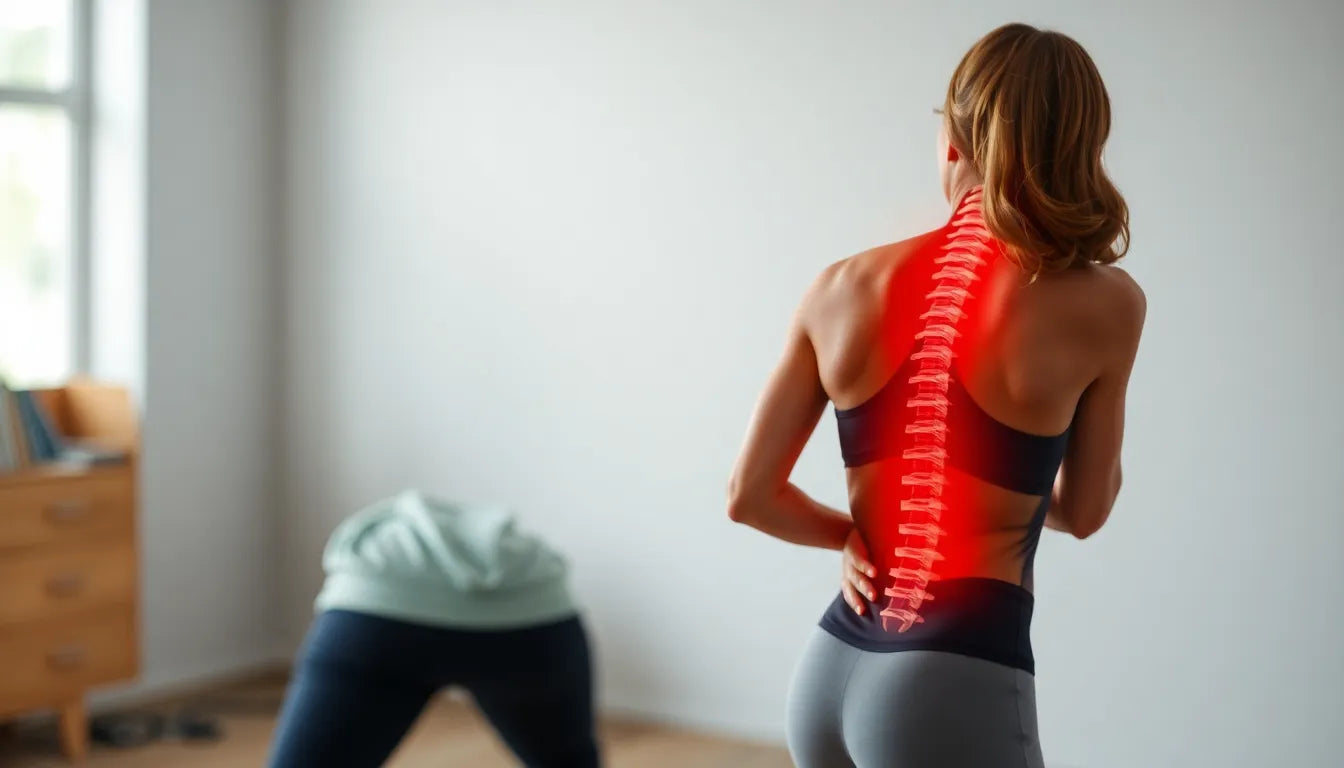Sciatica is a condition characterized by pain radiating along the path of the sciatic nerve, which extends from the lower back through the hips and down each leg. This discomfort often presents as a sharp, burning sensation that can be accompanied by numbness, tingling, or muscle weakness. For those experiencing these symptoms, managing sciatica effectively is crucial for maintaining everyday comfort and mobility.
While there are several approaches to managing sciatica, incorporating non-invasive methods such as exercise into daily routines has proven to be particularly beneficial. Regular exercise not only helps alleviate the pressure on the sciatic nerve but also promotes overall well-being. By focusing on specific exercises that target the lower back, glutes, hips, and hamstrings, individuals can experience significant relief from the symptoms of sciatica.
the role of exercise in sciatica relief
Exercise plays a pivotal role in managing sciatica pain by enhancing flexibility, strengthening muscles, and reducing nerve compression. Engaging in a routine that includes gentle stretching and strengthening exercises can significantly improve one’s quality of life. These exercises are designed to target key muscle groups, helping to relieve tension and prevent future flare-ups.
For instance, stretching exercises can help improve flexibility and reduce stiffness in the muscles surrounding the sciatic nerve, thereby decreasing pressure on the nerve. Strengthening exercises, on the other hand, can support the spine and improve posture, which is essential for reducing the likelihood of nerve irritation. By focusing on the lower back, glutes, hips, and hamstrings, these exercises address the common causes of sciatica pain and provide a foundation for long-term relief.

Lumbar support belt
Support and stabilize your lower back to help relieve sciatica and tension pain.
Incorporating these exercises into your daily routine can be a game-changer in managing sciatica. It's important to start slowly and listen to your body, ensuring that you perform each exercise with proper form to avoid further irritation. Over time, these exercises can help you build strength and resilience, making it easier to perform everyday activities without discomfort.
Whether you’re dealing with occasional twinges or chronic pain, taking the time to engage in targeted exercises can make a significant difference. By prioritizing these movements, you can unlock a path to relief and reclaim your comfort and mobility. Remember, consistency is key, and with regular practice, you'll be on your way to managing sciatica effectively.
exercise recommendations for sciatica relief
When it comes to managing sciatica, incorporating targeted exercises into your routine can offer significant relief. These exercises focus on stretching and strengthening key muscle groups, such as the lower back, glutes, hips, and hamstrings, to alleviate pressure on the sciatic nerve. Here is a comprehensive list of exercises designed to help reduce sciatica pain and improve overall mobility.
knee-to-chest stretch
The knee-to-chest stretch is a gentle exercise that helps relieve tension in the lower back and glutes. To perform this stretch, lie on your back with your knees bent or legs extended. Bring one or both knees up to your chest, hugging them gently. Hold the position for 5–30 seconds, then repeat with the other knee as needed. This stretch can help reduce pressure on the sciatic nerve, providing relief from pain.
cobra pose (spinal extension)
The cobra pose is particularly effective for sciatica related to herniated discs. Begin by lying face down with your legs extended. Place your palms on the floor by your chest and push up, lifting your chest and straightening your elbows. Hold the position for a few seconds before lowering back down. This pose helps to extend the spine, reducing nerve compression and alleviating pain.
seated hip and piriformis stretch
This stretch targets the piriformis muscle, which can often contribute to sciatic nerve pressure. To perform the seated hip and piriformis stretch, sit with one ankle crossed over the opposite knee. Lean forward gently, holding the position for 15–30 seconds. This exercise helps to release tension in the hips and glutes, reducing sciatic nerve irritation.
pigeon pose
The pigeon pose is an excellent exercise for opening the hips and alleviating piriformis syndrome. Start on all fours, then bring one knee forward, placing the outside leg parallel to your wrists. Extend the opposite leg straight behind you and fold forward, resting in the position. This pose helps to stretch the hip flexors and glutes, providing relief from sciatica pain.
standing hamstring stretch
The standing hamstring stretch is widely recommended for reducing lower back and nerve tension. To perform this stretch, place one foot on an elevated surface, keeping the leg straight and toes pointed upward. Lean forward from the hips and hold the position for 20–30 seconds before switching sides. This stretch helps to improve flexibility in the hamstrings, reducing pressure on the sciatic nerve.
safety considerations and exercise modifications
While these exercises can be highly beneficial for sciatica relief, it's essential to perform them safely. Always listen to your body and avoid pushing through pain. If you experience any discomfort, stop the exercise immediately and consult with a healthcare provider. It's also crucial to get clearance from a healthcare professional before starting a new exercise regimen, especially if you have any pre-existing conditions or concerns.
For individuals with limited flexibility or mobility, modifications can make these exercises more accessible. For example, using a towel or cushion for support during stretches can help maintain proper form and prevent strain. Remember, the goal is to perform these exercises comfortably and effectively, so don't hesitate to adjust them to suit your needs.
By incorporating these exercises into your daily routine, you can take proactive steps towards managing sciatica pain and improving your overall quality of life. Consistency is key, and with regular practice, you can experience significant relief and enhanced mobility.
additional exercises for sciatica management
In addition to the exercises previously mentioned, incorporating a few more targeted movements can further enhance your sciatica management strategy. These exercises focus on strengthening and stabilizing key muscle groups, which can help reduce nerve compression and improve overall mobility.
glute bridges
Glute bridges are excellent for strengthening the gluteal muscles, which can help reduce compression on the sciatic nerve. To perform this exercise, lie on your back with your knees bent and feet flat on the floor. Lift your hips to form a straight line from your shoulders to your knees, hold for a few seconds, and then lower your hips back down. This movement not only strengthens the glutes but also supports the lower back.
pelvic tilts
Pelvic tilts are effective for supporting core strength and relieving spinal stress. Lie on your back with your knees bent, tighten your stomach muscles, and press your back into the floor. Rock your hips upward, hold for a moment, and then release. This exercise helps to stabilize the pelvis and can alleviate tension in the lower back.
seated and lying spinal twists
Spinal twists can create space between the vertebrae, reducing nerve compression. To perform a seated twist, sit with one knee bent over the opposite leg and gently twist your torso towards the bent knee. For a lying twist, lie on your back, bend one knee over the opposite leg, and gently twist. These exercises help to improve spinal flexibility and relieve tension.
clamshell exercise and bird dog pose
Both the clamshell exercise and bird dog pose are excellent for strengthening the lower back and core, which can improve overall stability. For the clamshell exercise, lie on your side with your knees bent and lift the top knee while keeping your feet together. For the bird dog pose, start on your hands and knees, then extend the opposite arm and leg simultaneously. These movements enhance balance and coordination, which are crucial for preventing sciatica flare-ups.
low-impact aerobic activity
Engaging in low-impact aerobic activities such as walking, swimming, or biking can promote general back health and prevent future episodes of sciatica. These activities help to maintain cardiovascular fitness without placing excessive strain on the spine or sciatic nerve.
frequently asked questions
what causes sciatica pain?
Sciatica is often caused by a herniated disc, bone spur, or muscle tightness that compresses the sciatic nerve. These issues can lead to inflammation, pain, and sometimes numbness in the affected leg.
how often should I do these exercises?
It's recommended to perform these exercises daily or as advised by a healthcare professional. Consistency is key to achieving the best results in managing sciatica pain.
can exercise worsen my sciatica?
If done correctly and gently, exercise should not worsen sciatica. However, if any exercise causes pain, stop immediately and consult a healthcare provider to ensure you're performing the movements safely.
are there any exercises to avoid with sciatica?
Avoid high-impact activities and exercises that cause significant pain or discomfort. It's important to listen to your body and modify exercises as needed to prevent further irritation.
when should I see a doctor for sciatica?
Seek medical attention if sciatica pain is severe, persistent, or accompanied by other symptoms like significant leg weakness or bladder issues. A healthcare provider can offer guidance on appropriate treatment options.

Men's Posture Shirt™ - White
Activates back muscles, supports posture, and relieves neck, shoulder, and lower back pain.
Kilder
- Johnson, T. (2023). "Exercise and Sciatica: A Comprehensive Review." Journal of Physical Therapy.
- Lee, S. (2023). "The Impact of Stretching on Sciatic Nerve Pain." International Journal of Rehabilitation.
- NHS. (2023). "Sciatica Exercises: What Does the NHS Recommend?" Health & Wellness Blog.
- Smith, R. (2024). "Advancements in Sciatica Treatment: A Neurological Perspective." Frontiers in Neurology.
- Hospital for Special Surgery. (2023). "Move Better: Sciatica Stretches." Health Library.
- Harvard Health Publishing. (2023). "Sciatica: Gentle Stretches to Help Relieve Pain and Improve Mobility." Harvard Health.
- Orthopedic Associates. (2020). "Sciatica Exercises Guide." Orthopedic Health Resources.
- Mayo Clinic. (2023). "Back Pain and Sciatica: Effective Exercise Strategies." Mayo Clinic.


















